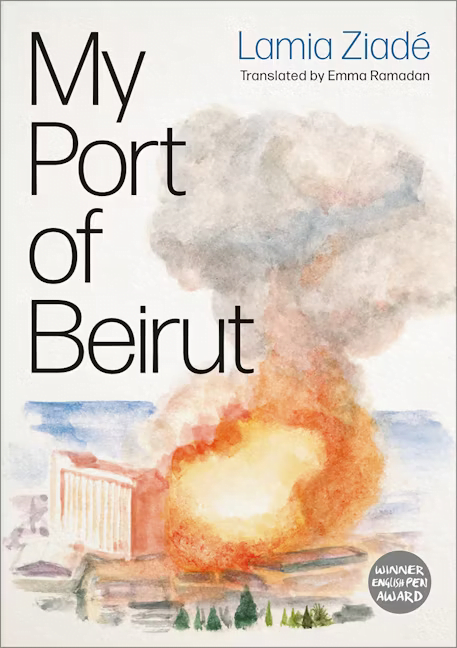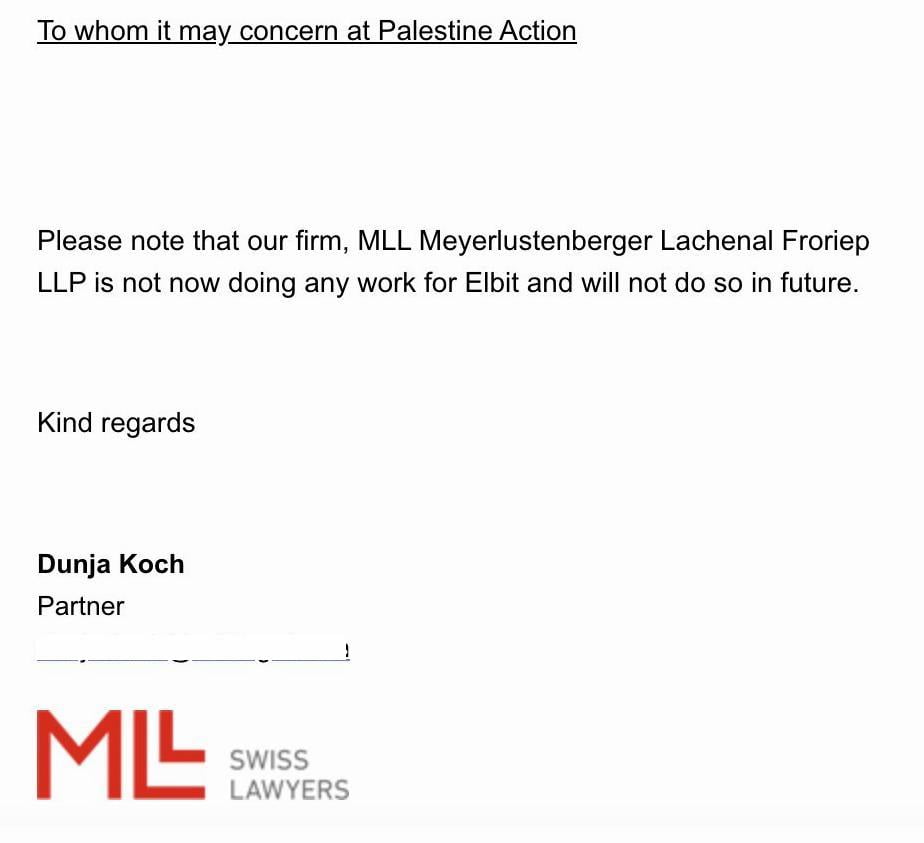How the City of Lights reveals the strength and potential of anarchist organisation against police repression.
It is often said that the French have perfected the art of protest, and if you’re comparing from a British perspective, they most certainly have. Before coming to Paris on May 1st, I’d never seen a building being burnt down, never seen the police retreat from protecting banks under a hail of stones, and never seen the spectacle of a firefight between the Black Bloc wielding a barrage of fireworks, and the intermittent charges of the pigs.
But beyond the spectacle we often see on the news or telegram channels, there is a deeper analysis to be had of the riots in Paris on May 1st. In this article, I’d like to focus on the dynamic relationship between the two actors in these protests, the rioters and the police, and how it reveals the tactical strengths of anarchist organisation against the extremes of the police state.
Repression
May 1st may display the finest of anarchist organisation but it also shows the extremes of the forces of reaction. As the Black Bloc advances at the front of the protest, they are under constant attack and surveillance by the forces of repression. Drones fly overhead, monitoring and documenting the protest; police block the roads around the official route, sometimes in ranks seven deep; riot cops attempt to split the protest by kettling radical elements, beating those who advance with banners in refusal of their orders, and dousing the procession in tear gas. Once the end of the protest route, Place de la Nation, is reached, each exit is guarded by a thick wall of riot cops, vans, and water cannons.
Throughout, we see the willingness of police to inflict indiscriminate cruelty on protesters to control them and make arrests. Early on, to split the Black Bloc in two, they tear-gas the road, forcing everyone, old and young alike, to be crushed in a human stampede against the buildings. It’s extremely uncomfortable for me, but for the elderly, it’s a potentially dangerous situation, and its continued unfolding is only prevented by the shouts of other protesters to walk rather than run from the tear gas.
Similarly, at Place de la Nation, riot police periodically charge out from their positions to arrest protesters, bowling over and trampling any bystanders. This is neither accidental nor simply unnecessary violence (though there is plenty of that unfolding all around) but rather a necessary tactic to split the more “hardcore” and “peaceful” protesters. Tear gas use is particularly heavy as this thins out the crowds while the Black Bloc (generally more prepared) remains, allowing arrests. This is seen most of all at Place de la Nation, where the entire area is flooded with teargas, reducing many to wheezing on the ground or retreating from the area where the most pitched battles are taking place.
From air and ground, the protests are monitored, harassed, and arrested by a force trained, equipped, and experienced in this specific situation. Yet still, the Black Bloc continues, creating massive damage to targets along the way.
From this adaptability of anarchists in France, we can find inspiration for our struggles in the UK.
Resistance
In discussing anarchists’ tactics in France, I’d first like to make two notes: I’m focusing on May 1st in Paris 2023, from my experience. Other resistance, such as strike action, the Soulevements de Terre, and riots in the aftermath of Nahel Merzouk’s murder by the police in June, deserve analysis from an anarchist perspective, but they’re not the focus. Secondly, I consider the Black Bloc a largely anarchist force. I realise this is not strictly true; most anarchists may support the Black Bloc, but you don’t need to be an anarchist to “join”. Yet, as we shall see, in tactics and seemingly makeup, the Black Bloc in France seems a profoundly anarchistic force, which certainly has relevance to anarchists overseas.
Under the previously discussed onslaught of state forces, the resistance that emerges displays the finest of decentralised organisation. The rough principles of this are simple. At each protest (including the far smaller ones in my hometown of Reims), the Black Bloc gathers at the front behind large banners. This is done without orders but rather as common knowledge: if you want to participate, the front of the protest is where to be. Armed with smuggled-in fireworks, small explosives, and hammers to break off stones, the Black Bloc is flanked by other protesters, often from the more militant unions such as the anarcho-syndicalist CNT.
Yet, from what initially seems a simple grouping of like-minded individuals, the decentralised organisation that emerges adapts to the extremes of repression at every turn. Against police violence, volunteer paramedics travel in groups, each with a hand on the shoulder of the person in front. When people fall, injured, they are quickly called by shouts of “Medic!” and form a human shield around their fallen comrade to prevent trampling. Other small groups emerge, such as those targeting particular buildings, dividing the work between smashing windows, throwing in incendiaries and explosives, and preventing onlookers from taking photos. Beyond certain small groups focused on specific tasks, resources from saline water to stones are handed around freely.
Most important, perhaps, is the role of the bystander in all of this. The Black Bloc, though in this case thousands strong, is nothing compared to the 550,000 protesters in Paris, according to CGT union organisers. In many cases, these vast crowds act as a human shield, preventing the police from quickly responding to the Black Bloc to make arrests.
In all this, what prevailed was an apparent groupthink amongst the crowds. When police retreated from a charge or attempted to advance to a forward position, the crowd charged forward as one with a barrage of stones flying overhead. Small groups took up specific tasks, but it was the vast masses with whom the cops’ battles were fought, as if a great river was constantly surging against them, struggling to break free from its confinements. The destruction wrought was prodigal. No symbol of the Establishment was spared along the route (though smaller businesses were spared), and the streets looked as if a tornado of posters and stickers had run through them.
Implications
The main message I have taken from this resistance in Paris is the importance of an ingrained impulse among anarchists in a riot situation. By this, I refer to the fundamental rules of the Black Bloc, without which they could not function. Each person knows to go to the front of the protest, how to prepare for the weapons that shall be unleashed upon them, and how to react as the police charge and retreat. Without this, other more focused organisations, such as paramedics and groups targeting particular buildings, could not function. Simply put, knowledge wrought by experience is required to provide the basis for the following creative destruction.
In this, those of us in places with a less radical population can take heart. In our struggle, in our experience, we are creating the seeds of popular revolt in the future. In protest, as in all else, we must secure the building blocks from which more complex organisation can be launched, even if all that means for now is putting on some black and walking to the front.
~ Fonten
This article first appeared in the Winter 2023-4 issue of Freedom Anarchist Journal








